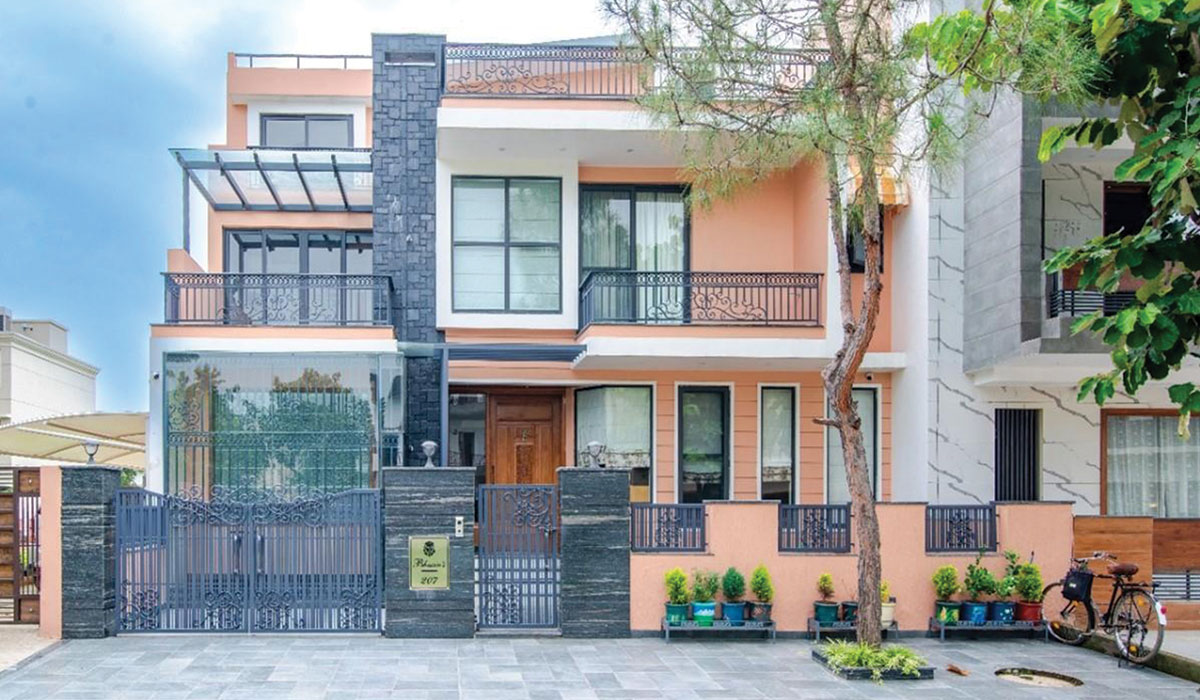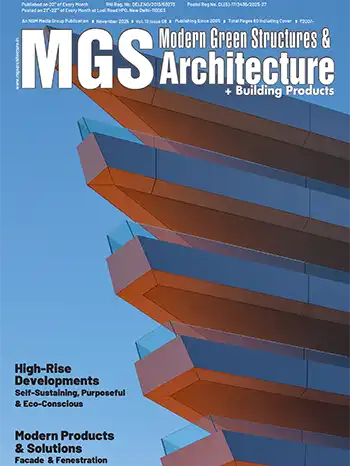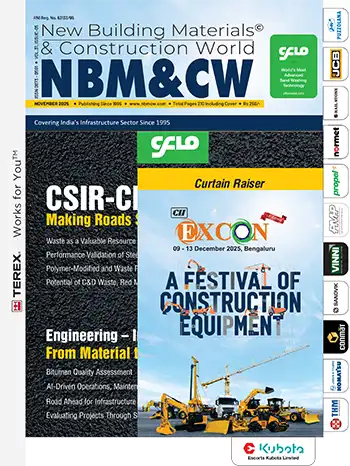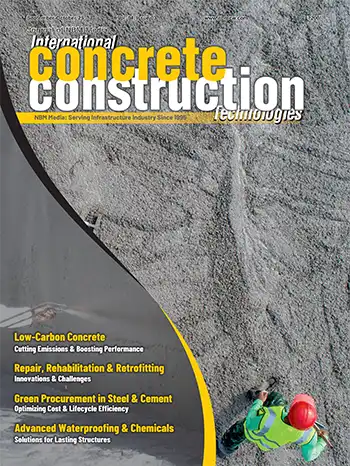Clean aesthetics, intelligent systems, and a commitment to sustainability, are setting the benchmark for the architecture of tomorrow.
Purnima Sharma
A muted palette of terracotta, warm browns, and deep greens is making a strong comeback. These hues, paired with minimalist design principles, create environments that exude tranquility. Minimalism involves eliminating clutter, using high-quality natural materials, and integrating neutral backdrops to let the space breathe. Biophilic elements, such as indoor gardens, water features, and ventilated courtyards, forge a deep connection with nature. The design incorporates large windows, green terraces, and indoor plant walls.
Sustainability is at the core of modern architectural advancements. By utilizing locally sourced materials, and energy-efficient construction methods, the designs emphasize environmental responsibility by minimizing waste and energy consumption. Reclaimed wood, bamboo, and cork, apart from being sustainable, add warmth and texture to a space. Use of natural stone, recycled metal, and eco-friendly composites ensures that construction is both durable and environmentally conscious, without compromising on design integrity.
As urban spaces become more congested, green solutions such as rooftop gardens and vertical plantations not only enhance the visual appeal, but also provide insulation, improve air quality, and reduce the heat island effect in cities.

A building’s design should work with the climate rather than against it. Passive house principles include optimizing natural ventilation, solar orientation, and high-performance insulation. These strategies create energy-efficient spaces tailored to India’s diverse climatic conditions. 3D-printing technology offers a cost-effective and efficient way to construct buildings, particularly affordable housing. Architects and interior designers are integrating smart technology with architectural techniques, ensuring energy efficiency without compromising aesthetics.
















